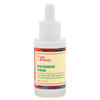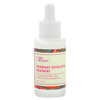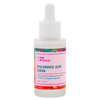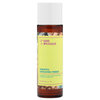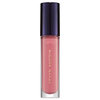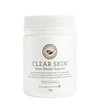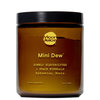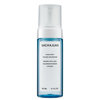Glossary: Defining The Ingredients In Your Favorite Skincare Products
Published Jun 18, 2015

Big words and fancy scientific language may make your favorite product sound effective, but how many of us really know what all these terms really mean? We browsed the skincare aisle and selected some of most mystifying terminology to create our glossary below (and don’t worry, we left out the science speak so there’s no translation needed).
 Allantoin
Allantoin
/əˈlantōən/
Allantoin naturally occurs with the oxidation of uric acid in the body, and while allantoin is naturally found in many mammals, a synthetic version is used in cosmetics. According to numerous tests, the lab-made version is just as effective at not only moisturizing, but even helping to shed the top layer of skin cells, giving skin a fresh appearance. It’s a major player in our Charlotte Tilbury Supermodel Body moisturizer which keeps our arms and legs smooth and toned in ways we weren’t aware of before.
 Colloidal Gold
Colloidal Gold
\ˈkä-ˌlȯid\
It’s the main player in our Gold Omorovicza line, but what exactly is colloidal gold? When one substance is broken down and blended with another in order to enhance its distributive effects, it becomes a colloid. This one is actual gold, broken down into microscopic particles which are then blended into these products. The mineral helps soothe skin and restore elasticity and firmness, and the key to its effectiveness is its colloidal properties.
 Humectant
Humectant
/(h)yo͞oˈmektənt/
Humectants, in a nutshell, keep things hydrated. Not only does this substance retain moisture, it attracts it, drawing moisture from the air. In the case of our Korres Showergel, it distributes moisture onto your wet skin. Humectants are a key ingredient at making the most of your daily moisturizers effective. They’re even used in some medications to improve system absorption. Humectants are the friend your skin never knew it had.
 Ointment
Ointment
/ˈointmənt/
An ointment is a type of formula that is different from a cream or a lotion. Don’t expect this formula to be light and creamy—instead, it tends to be thick, greasy, and likely clear in color. While a balm is waxy, an ointment is heavier and more wet feeling. Because of its super thick consistency and high concentration of water, ointments are excellent at hydrating the skin. The ointment formula is the reason our Lucas’ Papaw Remedy Ointment is so effective at hydrating dry patches, soothing chapped lips, healing surface wounds, and more.
 Muslin
Muslin
/ˈməzlən/
The plainest of fabrics available, this basic, unbleached cotton cloth is what dressmakers use to create pattern mock-ups. So what does it have to do with beauty? Our Eve Lom Muslin Cleansing Cloths say it all. The basic bleach and dye-free quality of good muslin makes it an excellent wash cloth and provides a light exfoliation effect. Using a wash cloth regularly can help remove makeup and debris at the end of a long day, as well as loosen clogged pores, preventing blackheads and limiting the need for extractions.
 Squalane
Squalane
/ˈskwālēn/
Squalane is a hydrogenated oil derivative of squalene, an organic compound which, in the case of our Indie Lee Facial Oil, is derived from olives. Our skin cells produce it naturally, as just one of the many ways our body keeps itself lubricated and moisturized from the inside out. Once hydrogenated, squalane is highly resistant to oxidation, making it useful in preventing discoloration and age spots—our own body’s way of oxidizing. Harvesting it from the livers of sharks used to be the most popular way to obtain it, but it took 3000 sharks to produce just one ton of the precious oil. Now it is most often derived from plant sources like olives. Thank goodness for cruelty-free alternatives.
Illustrations by Walt Gorecki
You Might Also Like
-
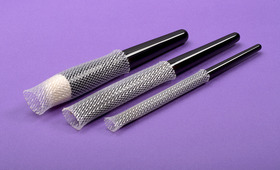
From the Shop
Use This Product, And Your Makeup Brushes Will Thank You
- 638
-
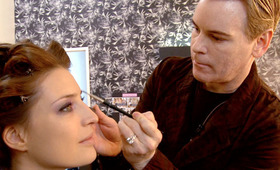
Behind the Brand
Becoming Too Faced With Jerrod Blandino
- 691
-
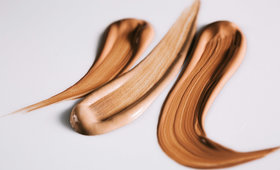
Face Skincare
Our Favorite Skincare-Infused Foundations for Better Skin
- 1
-
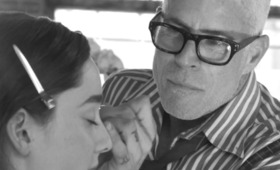
Features
Billy B on his Life, Career, and What He Hates in a Brush
- 192
-

Holiday Looks
Now Trending: Festive Holiday Looks for (Virtual) Parties
- 1
-

Products
TSA-Approved Beauty Products
- 587
-

From the Shop
The Brow Definer That’ll Make Your Mornings Easier
- 764
-
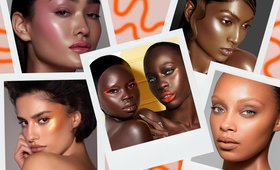
Beautylish Recommends
6 Danessa Myricks Beauty Products You Need to Try



